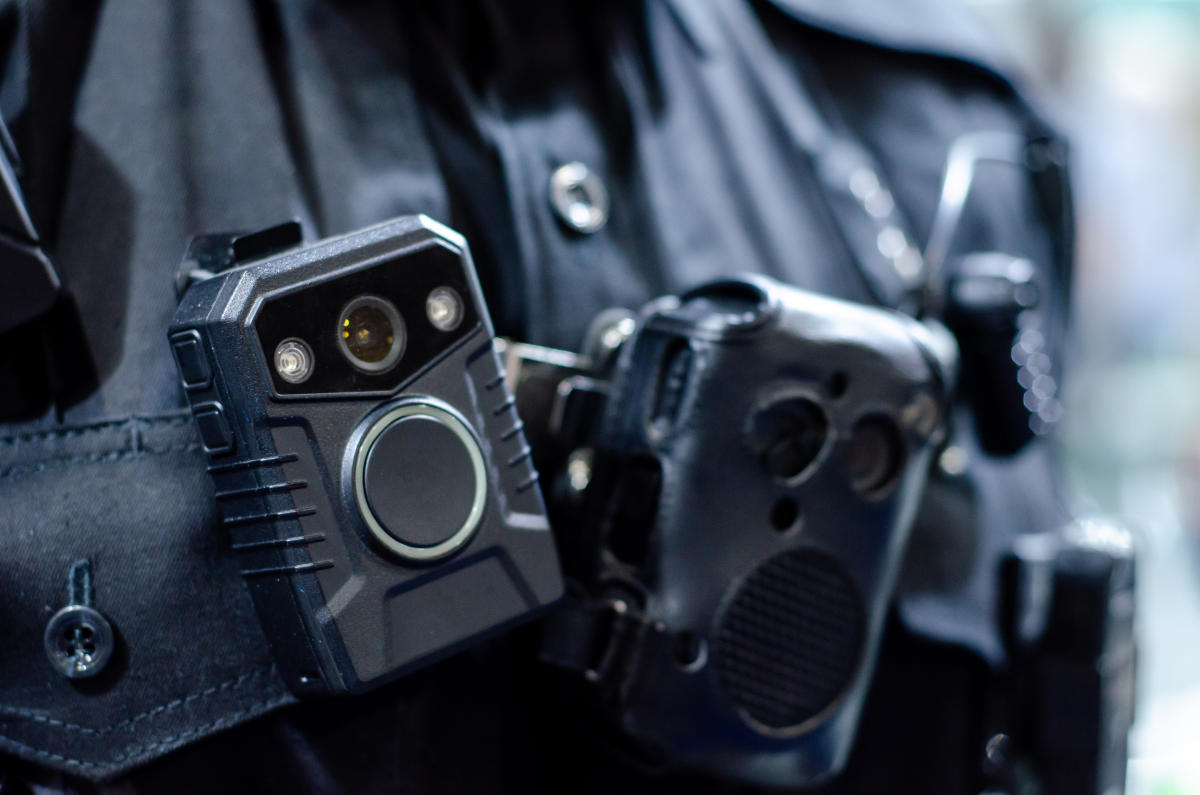Bluetooth signals might reveal where police are and when they are and when devices like body cams or Tasers are activated.
All Bluetooth devices have a unique 64 bit identifier called a MAC address. Often a chunk of that address is composed of an Organizational Unique Identifier (OUI), essentially a way for a device to say who it's made by. A look at the IoT devices that are used by many police forces led Meekins and his cofounder Roger “RekcahDam” Hicks to Axon, a company best known for Tasers. Modern police kits are overflowing with Bluetooth-enabled tech (often also made by Axon), from the aforementioned Tasers and body cams, to in-vehicle laptops. Even the gun holsters supplied to some cops send a Bluetooth ping when a sidearm is unholstered. By just reading company documentation, they were able to find the OUI.
A Bluetooth identifier seems trivial, but it could reveal a lot of information about where cops are and what they’re up to, like when their body cams are recording or they turn on the sirens to respond to a call. “There's the signal that is sent when a police officer basically thinks something's recording worthy, if that's the case, people can document that, detect that and there won't be any question whether or not hey, there's a body cam or there wasn't body cam,” Meekins told Engadget. It’s a way to potentially determine whether certain evidence exists so that it can be produced more quickly in a records request — something police often "slow walk" Meekins said. As people run RFParty, the app will collect historical data. In the case of body cams, if the device begins recording, it typically sends a Bluetooth signal out to other devices. If a cop turns on a camera (or Taser or other IoT device), someone running the app could collect this data to record details about the incident.


